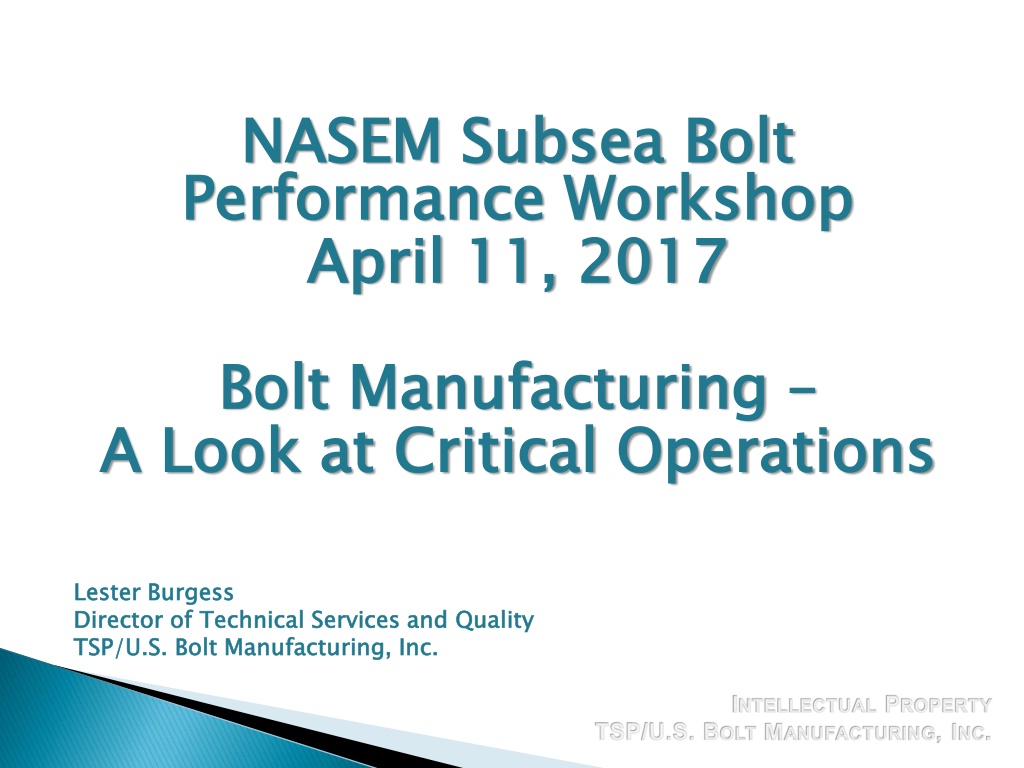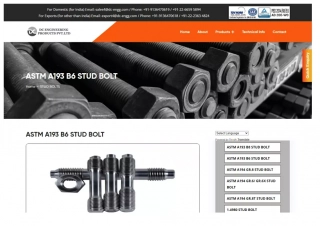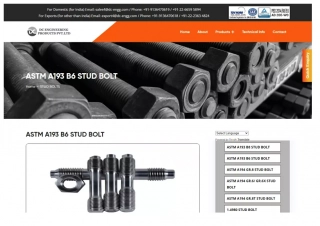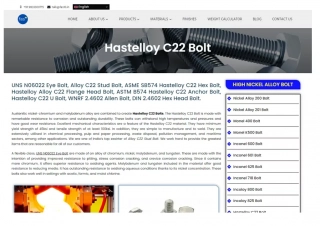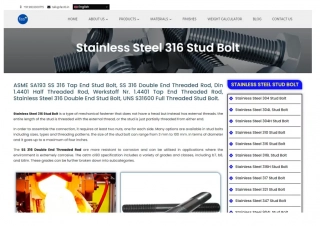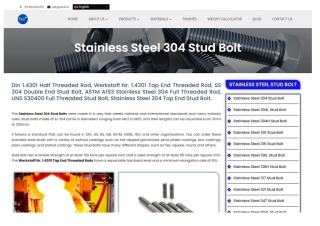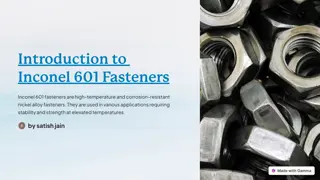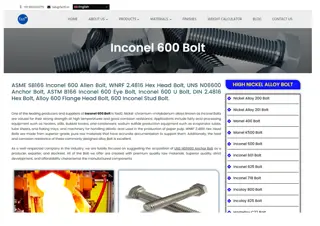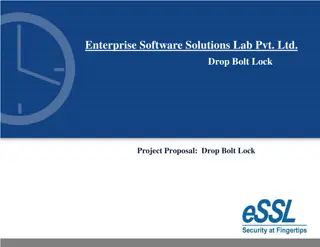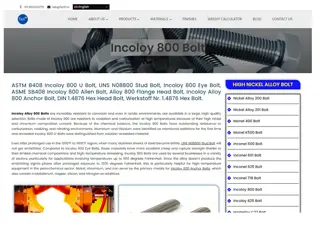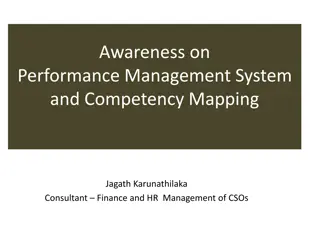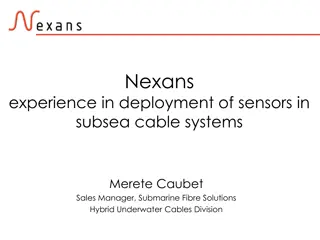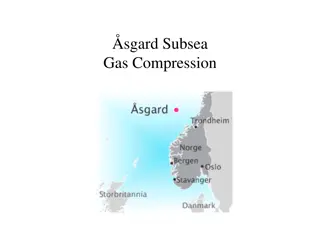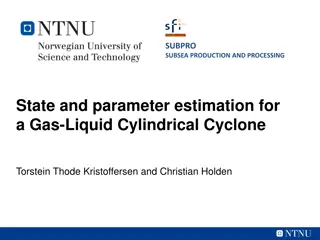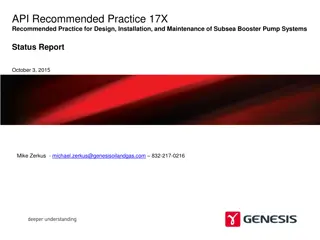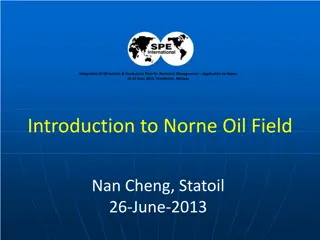Subsea Bolt Performance Workshop Insights
Delve into the critical operations of bolt manufacturing including forging, heat treatment, machining, and testing. Explore the parameters and procedures crucial for ensuring bolt quality and strength. Learn about common pitfalls to avoid in the manufacturing process to achieve optimal performance and reliability.
Download Presentation

Please find below an Image/Link to download the presentation.
The content on the website is provided AS IS for your information and personal use only. It may not be sold, licensed, or shared on other websites without obtaining consent from the author.If you encounter any issues during the download, it is possible that the publisher has removed the file from their server.
You are allowed to download the files provided on this website for personal or commercial use, subject to the condition that they are used lawfully. All files are the property of their respective owners.
The content on the website is provided AS IS for your information and personal use only. It may not be sold, licensed, or shared on other websites without obtaining consent from the author.
E N D
Presentation Transcript
NASEM Subsea Bolt Performance Workshop April 11, 2017 NASEM Subsea Bolt Performance Workshop April 11, 2017 Bolt Manufacturing A Look at Critical Operations Bolt Manufacturing A Look at Critical Operations Lester Burgess Director of Technical Services and Quality TSP/U.S. Bolt Manufacturing, Inc. Lester Burgess Director of Technical Services and Quality TSP/U.S. Bolt Manufacturing, Inc. INTELLECTUAL PROPERTY TSP/U.S. BOLT MANUFACTURING, INC.
We will look at the following: Forging / Forming Heat Treatment Machining (Threading) Testing INTELLECTUAL PROPERTY TSP/U.S. BOLT MANUFACTURING, INC.
Large bolt, sectioned lengthwise showing forged head with large internal crack running horizontally. Internal crack caused by overheating during forging operation. INTELLECTUAL PROPERTY TSP/U.S. BOLT MANUFACTURING, INC.
The following are forging/hot heading parameters, as applicable: a) equipment; b) heating method (furnace, induction); c) temperature control (thermocouple, optical or infrared pyrometer, fail safe cut-off); d) times and temperatures; e) dimensional control. The manufacturer shall have a written forging procedure defining, at a minimum, the parameters defined in 5.4.3. When induction heating is used for forging, the manufacturer s equipment shall include temperature monitoring equipment and an automatic fail-safe system to prevent overheating. INTELLECTUAL PROPERTY TSP/U.S. BOLT MANUFACTURING, INC.
Bolts must be heat treated to achieve proper strength by cooling rapidly from high temperature. Nesting the parts prevents uniform cooling. Random stacking of the parts and maximizing furnace load is often used for commercial bolting but it is not acceptable for critical bolting. INTELLECTUAL PROPERTY TSP/U.S. BOLT MANUFACTURING, INC.
INTELLECTUAL PROPERTY TSP/U.S. BOLT MANUFACTURING, INC.
The following are heat treat parameters, as applicable: a) equipment (batch, continuous, induction, direct resistance); b) times and temperatures; c) cooling media (e.g. type, polymer concentration, quench temperature, agitation); d) control and calibration methods; e) maximum transfer time; f) quench media start and finish temperature; g) furnace load diagrams. Furnace calibration shall be in accordance with API 6A, Annex M; SAE AMS2750; or SAE AMSH6875.
Cross-section of threaded bolt with internal bursts resulting from improper thread forming. INTELLECTUAL PROPERTY TSP/U.S. BOLT MANUFACTURING, INC.
General Variables The following are general variables, as applicable: machining and threading equipment single point (lathe), multiple chaser, roll, cutting tap, form tap; General Variables machining and threading control methods. INTELLECTUAL PROPERTY TSP/U.S. BOLT MANUFACTURING, INC.
Must be accurate 20E requires compliance to ISO 17025. Excerpt from ISO 17025 Accreditation Certificate: INTELLECTUAL PROPERTY TSP/U.S. BOLT MANUFACTURING, INC.
Provides determination of actual properties Confirms compliance to requirements Cannot overcome inadequate processing: Not possible to test each part all properties Some defects are difficult or impossible to reveal Testing an inadequately controlled process can only prove it bad, it cannot prove it good. INTELLECTUAL PROPERTY TSP/U.S. BOLT MANUFACTURING, INC.
Process Control INTELLECTUAL PROPERTY TSP/U.S. BOLT MANUFACTURING, INC.
